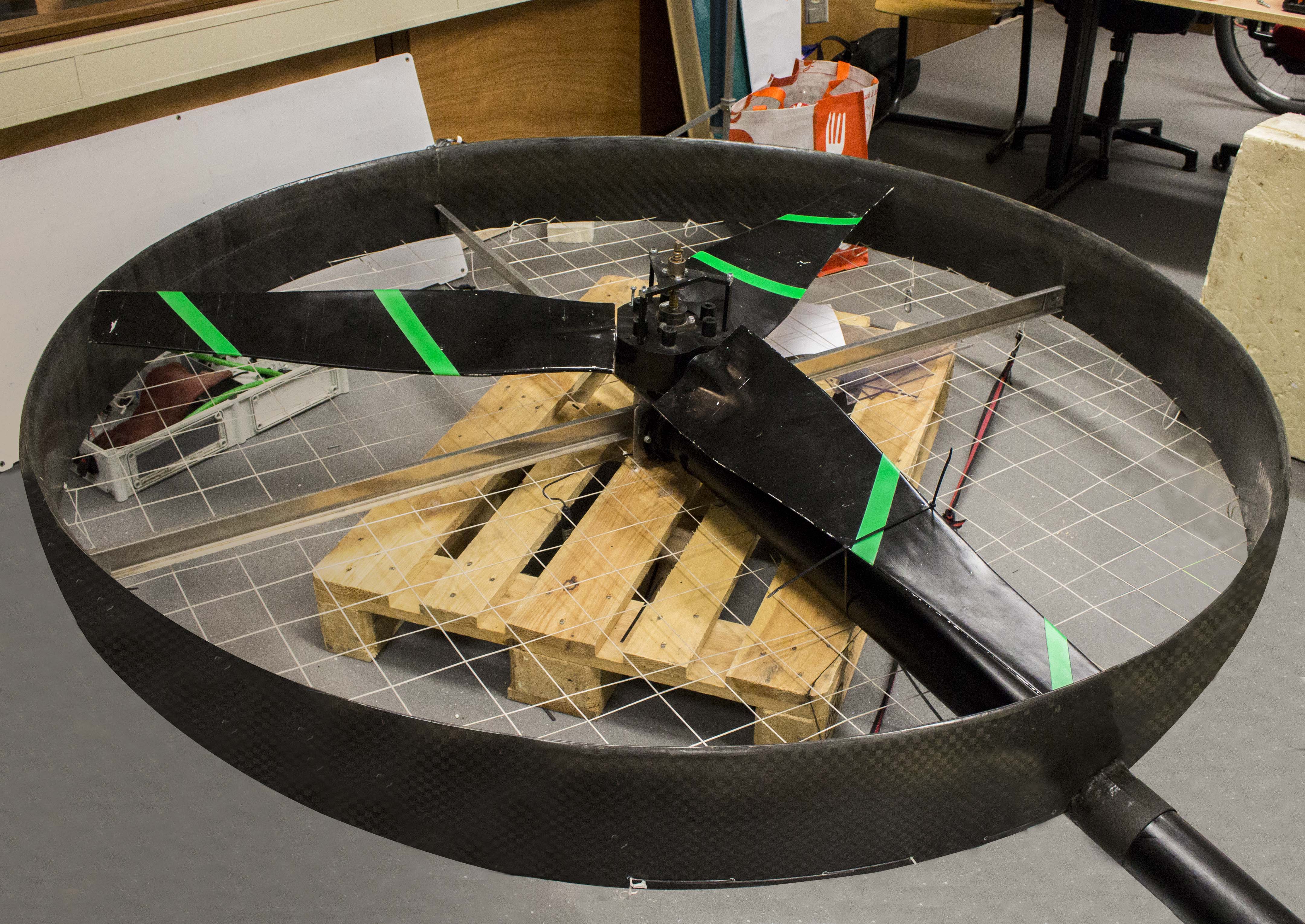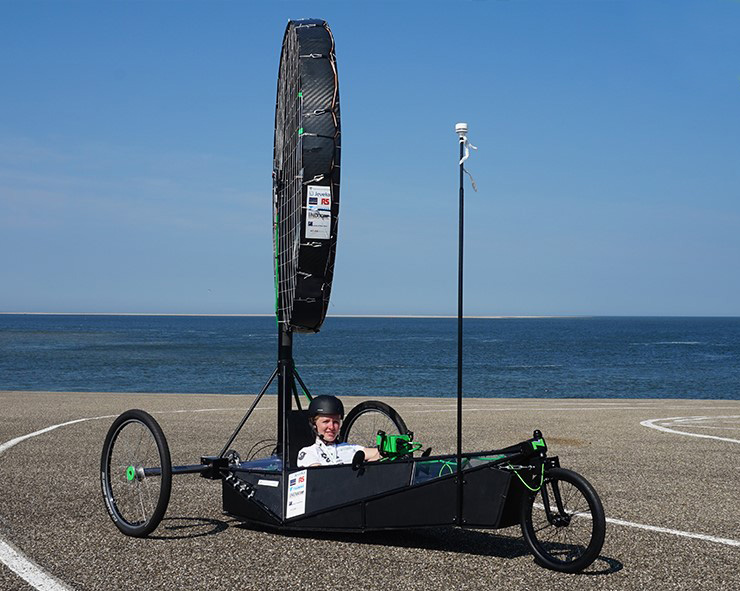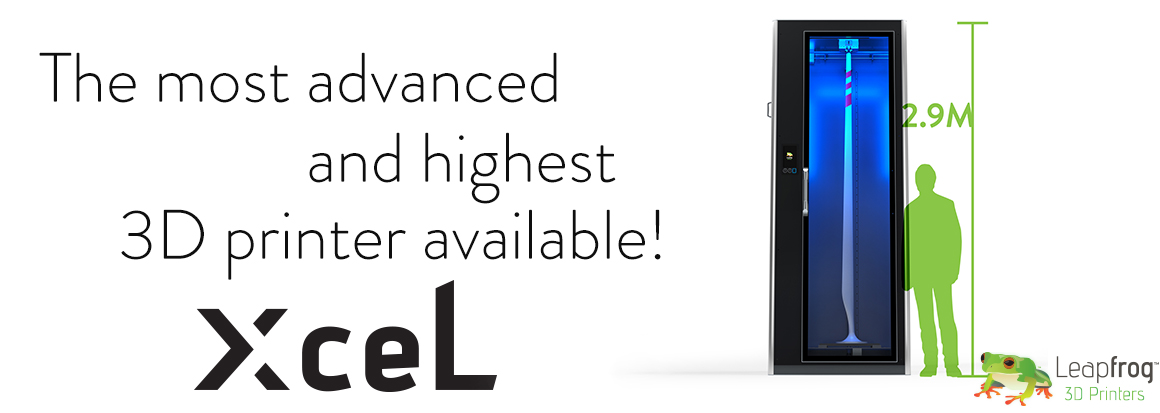CleanMobility
The Amsterdam University of Applied Sciences is home to the CleanMobility projects. The goal of the projects is to show the world that energy efficiency has a future in mobility. Every year these engineering teams develop vehicles and boats, with which they later compete at international competitions focused on energy efficiency. Laurens van Mulukom,
“Our goal with these projects is helping students develop into the best engineers they can possibly be. We aim to reach this goal by giving them as much freedom in their process as possible restrained by certain practical and educational boundaries. By doing so they will learn hands-on about all the product development phases which are part of the innovation process. Next to this, they learn to work as a team to a mutual goal.”
Team SPIRIT
Team SPIRIT’s mission is to construct a car, which runs solely on clean energy. To achieve that, they are building a head wind car, which uses a propeller and wind to move forward. This is important because it helps us push the current boundaries of how we can use energy as efficiently as possible.
Leapfrog sat down with the team of ambitious second year students, who were very excited to talk about their project. Team SPIRIT consists of Leon Plomp, who is the project leader. Anouk Dijkman, who is their report manager. Rick Heijne is in charge of the drive train in the head wind car. And Marco van Wijk is in charge of the 3D printed wind blades. The blades transfer the wind energy into mechanical energy, which goes from the drive train to the wheels.

“We’re designing a head wind car, or more specifically improving a car that was already here. We’re doing a pretty good job at it so far. The motto of the entire CleanMobility project is that we can transport ourselves using clean energy.
” They describe their vehicle as a little car with a big propeller which catches all the wind it is driving into. The big propeller transfers this energy to the wheels, thus powering them to go forward. This all has to be done with extreme efficiency in order to work, which is one of the bigger challenges of creating this car.

Their beliefs
Team SPIRIT believes that their greatest achievement for this year so far was designing the blades through 3D printing. Big models, such as the wind blades, require a 3D printer big enough to create the entire design in one piece. This is why they asked Leapfrog and the Xcel 3D printer for help. The reason for that is that they provide a huge building platform that can make any project possible. After 20 hours of printing per model, the wind blades were ready to use.

The team is currently getting ready for their next race at the end of August, which is what they have been preparing for all year long. Every year a different group of second year students is in charge of the project and they compete against teams from all over the world. The race takes place in Den Helder, which is located in The Netherlands and is organized by ECN and non-profit Wind Energy Events. Team SPIRIT has already won first place in 2009 and 2010, and is aiming for the first spot once again this year.

Collaboration with Leapfrog 3D Printers
Team SPIRIT is currently using 3D printing to create small things, such as the ring on the blades and the lids on the wheels. At this point, their own personal 3D printer does not produce strong enough designs that can be effectively used on their vehicle. However, they say that the blades produced by the Leapfrog Xcel are perfect for their head wind car. The models are flexible and strong enough to withstand the tension during a race.

“Through using 3D printing we are hoping we can create more sets of blades for our team. We are also hoping to find a way to 3D print the diffuser ring, which is a really big part of the project. If not for 3D printing, the blades are usually made in segments, bonded together with glue and then laminated over. This process takes about two months, while with the help of Leapfrog 3D Printers the blades took only a month. 3D printing has also enabled us to save money. It takes away aluminum, which is a big reduction on costs. However, we believe more than anything that 3D printing saves time.”

Together with Leapfrog 3D Printers, team SPIRIT has succeeded in making its work a lot more efficient and advanced. At Leapfrog we aim for excellence with every 3D printer we produce, each one crafted to deliver a ready to use 3D model. If you wish to experience it yourself, order your sample here.

